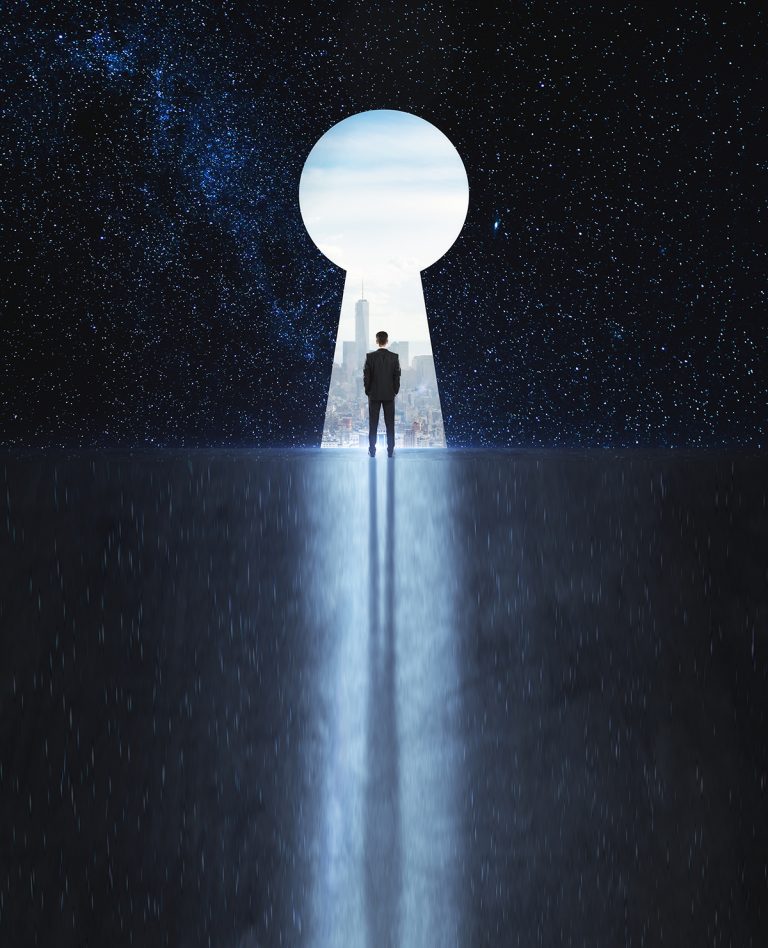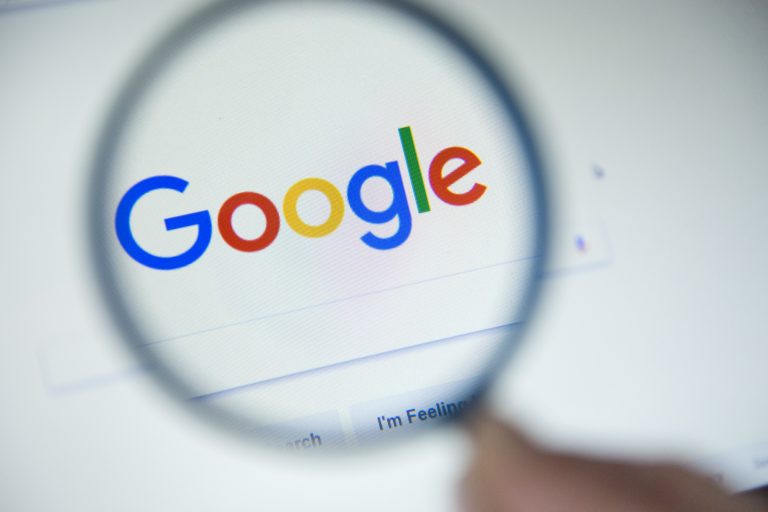Music is an important instrument (pun intended) in the worlds of digital advertising. It speaks to everyone, conveys emotion easier than text, and creates interest.
Here is a clip that we have created at Mashrokit for one of our clients. The campaign targeted religious students and was aimed at encouraging them to sign up for an academic college. The upbeat music plays a dual role here: it adapts the branding to a young audience and instills a sense of urgency that, together with the text, broadcasts a message that they are running out of time.
The bottom line is that the upbeat music alongside the focused content generated traffic to the ad, thereby lowering the cost per lead (of potential students) by 14.29% compared to the campaign’s other ads – and that’s music to any marketing director’s ears!
Warming Up
The dry definition of music is a change in sounds over time, but we all know that music is much more than that. Music accompanies us throughout our lives and even a bit before. Unborn babies can already music: their mother’s pulse, breathing and digestive system also sound like external sounds and comprise their playlist from the 16th week of their development. Music continues to accompany us at every age, at every stage in life, and in a variety of forms.
Just as it accompanies the individual, music is also part of culture, every culture, and always has been. Music is more prominent than the other arts as it is a vehicle of expression and language that everyone can understand on one level or other.
Bobby McFerrin provides a very illustrative demonstration of this here:
This clip demonstrates the extent to which music is embedded in us and surrounds our lives constantly, until we take it for granted and “forget” how much it influences our lives. It works on us – emotionally, intellectually and physically – and accompanies us at home and in the street, in times of happiness and sadness, in our daily routine and on special occasions. We can’t imagine our lives without the noise that we call “music”.
| A Few Tips Before We Continue Try and understand which music your audience grew up on. When you find out, the way to activating emotion will be a short one. When choosing the music, relate to any special elements in your audience: ethnic, religious, country of origin etc. |
Harmony
Now that we understand the significance and power of music, here are a few ways to integrate it in digital activity:
Feeling – music conveys feeling, usually better than words. We can use music to complete our message.
Memory – music “sticks” in the memory longer than an image and has a better recall capability.
Conditioning – studies have revealed that, similar to Pavlov’s bell that caused the dogs to salivate because they were accustomed to receiving food when it was sounded, when certain music is accompanied by the desired action, merely playing the music will eventually be enough in order to influence the body.
Targeting – the music we listened to between the ages of 13-20 will accompany us for the rest of our lives. It is the music that will evoke our strongest emotional reaction and we will believe that it’s the best music ever composed. As part of building the character we are targeting, we can, and should, define the music that he or she listens to.
New Clients – by adapting the content we can reach audiences for whom our brand is perhaps not naturally suitable. Music has an advantage in that it “bypasses” the rationale and goes straight to the emotion, thereby increasing the chance to reach those audiences.
Interest and Color – music enhances content and creates a buzz. It can provide a similar effect to that of an attractive picture that grabs our attention in our feed.
Belonging and Identification – the advertiser’s goal is for the client to reinvest financially and emotionally in the business. Music adds value on the emotional level and builds the client’s loyalty to the brand.
Uniqueness – the correct music for a brand distinguishes it from the competitors, creates a more precise identity, and increases its exposure to new audiences.
Here’s another example:
In this clip, the music completes the campaign’s cheeky, cool, modern message. Aside from its beat, the music also reminds us of teenage rebellion and the fashions it determined. That is exactly the message of the campaign.
| Small Tips Before We Continue If the free music you found isn’t appropriate for your audience, don’t be tempted to use it. For example, free up-tempo music for a formal “tie-wearing” audience will do more damage than good. Is your audience diverse? You should still make sure to preserve differentiation when choosing the music. Be consistent. This will make it easier for the audience to identify the clips and associate them with your brand, and even cause them to wait impatiently for the next ads. |
Encore
Music is a language that everyone understands and that works on emotion. It can take us back to specific places and recall forgotten images. That’s why you must include music in your box of instruments box: buzz, involvement, segmentation, differentiation and depth.
I’ll play it again – you must include music in your box of instruments.





